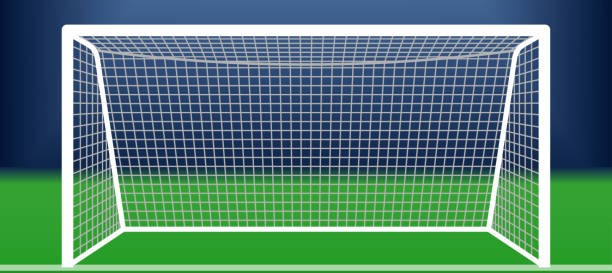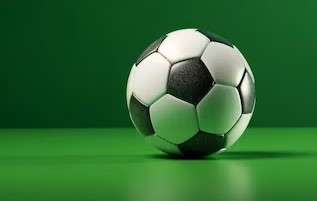













THE DEFENSIVE MIDFIELDER.

The defensive midfielder (often referred to as a holding midfielder) plays a crucial role in a football team,
primarily focused on defensive responsibilities while also contributing to the team's attacking play. Positioned
centrally, just in front of the backline, the defensive midfielder serves as a protective barrier for the defense
and is instrumental in maintaining team structure. Here’s a detailed overview of the defensive midfielder’s
responsibilities and attributes:
Positioning:
- ▫ CENTRAL LOCATION: The defensive midfielder operates in the central area of the pitch, usually positioned just ahead
of the center-backs but behind the more advanced midfielders and attackers.
- ▫ SHIELDING THE DEFENSE: Their primary role is to provide cover for the defense, intercepting passes and disrupting
the opponent’s attacking plays.
Primary Role: Defensive Duties:
- ▫ BALL RECOVERY: Defensive midfielders are tasked with regaining possession by intercepting passes, tackling opponents, and winning duels.
- ▫ BREAKING UP PLAY: They disrupt the opponent’s rhythm by applying pressure and challenging for the ball, often thwarting counterattacks.
- ▫ POSITIONING: They must maintain a disciplined position to ensure they can quickly react to defensive situations and provide cover for
teammates.
Support in Transition:
- ▫ LINKING DEFENSE AND ATTACK: After recovering the ball, defensive midfielders play a vital role in transitioning from defense to attack
by distributing the ball to more advanced players.
- ▫ SHORT PASSES: They often make short, quick passes to maintain possession and build up play, helping to relieve pressure on the backline.
Offensive Responsibilities:
- ▫ SUPPORTING ATTACKS: While primarily focused on defense, they may make forward runs to join the attack when appropriate, contributing
to offensive plays.
- ▫ SET PIECES: Defensive midfielders may also take set pieces, especially if they have a good long-range shot or serve as a target during
corners and free kicks
Tactical Variations:
- ▫ FORMATION INFLUENCE: The defensive midfielder's role can vary based on the team's formation
- ▫ IN A 4-2-3-1, two defensive midfielders may operate together to provide additional protection for the backline.
- ▫ IN A 4-3-3, one defensive midfielder typically sits deeper while the other midfielders advance.
- ▫ SINGLE VS DOUBLE PIVOT: Some systems use a single defensive midfielder (the pivot), while others employ two, offering
greater defensive coverage and flexibility.
Skills and Attributes:
- ▫ TACKLING: Strong tackling ability is crucial for winning the ball and breaking up opposition play.
- ▫ POSITIONING AND AWARENESS: Good spatial awareness allows defensive midfielders to anticipate plays and position themselves effectively.
- ▫ PASSING: Accurate passing, especially under pressure, is essential for maintaining possession and transitioning play.
- ▫ PHYSICALITY: A solid physical presence helps in winning duels and competing against opposing players.
- ▫ LEADERSHIP: Often seen as a leader on the field, they may organize defensive efforts and communicate with teammates.
Summary: Defensive midfielders are essential for a football team’s structure, providing crucial defensive cover while facilitating transitions
from defense to attack. They require a combination of tackling, positioning, and passing skills to excel in their role, acting as a
protective shield for the backline while linking play effectively. Their contributions often go unnoticed, but their impact on team
performance is significant.




























